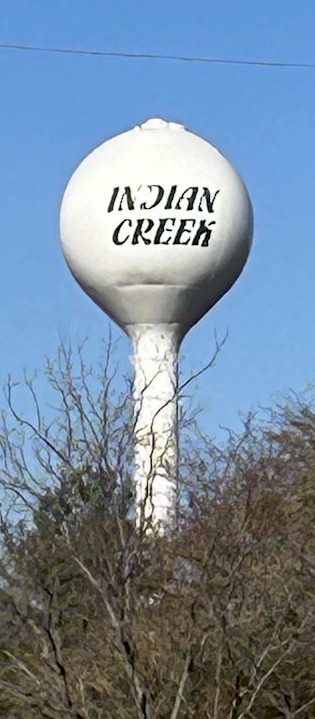Indian Creek Water System

Water Commissioner is Jim Larson
Phone: 309-826-5929
Email: Jlarz07@gmail.com
Information About Your Water System
Warning Lights
When You Dig
Source and Supply
Delivery System
Cross Connection Control Ordinance No. 1
Problems and Solutions
Water System Maps Including Water Shutoff Locations ("S" Locations)
Shared Well Information
Source Water Protection Plan 2024
INDIAN CREEK HOMEOWNER'S WATER ASSOCIATION
CONSUMER CONFIDENCE REPORTS